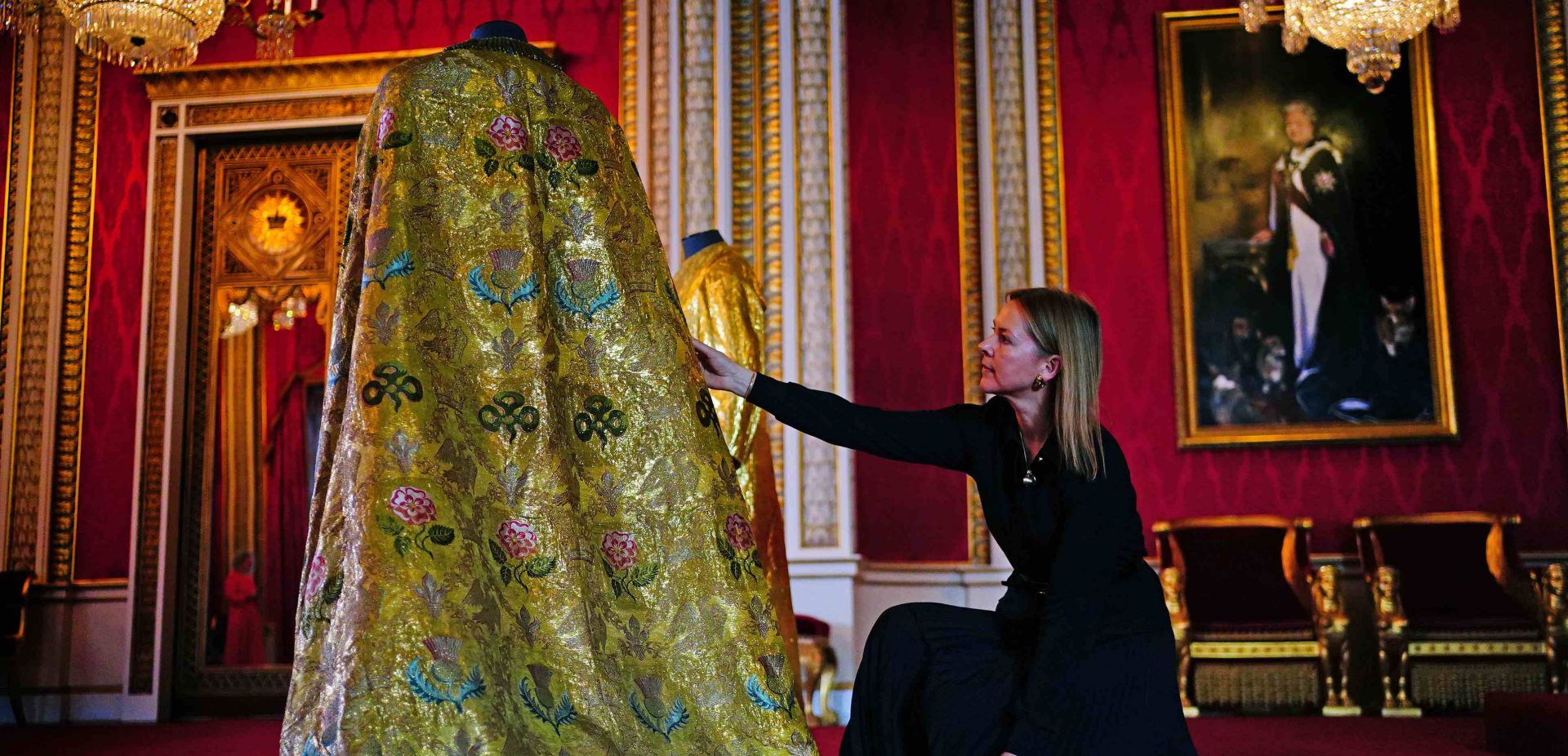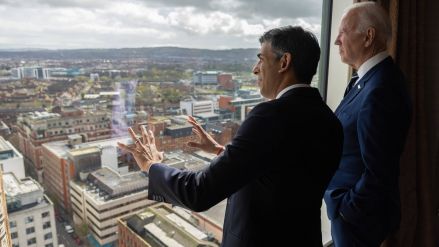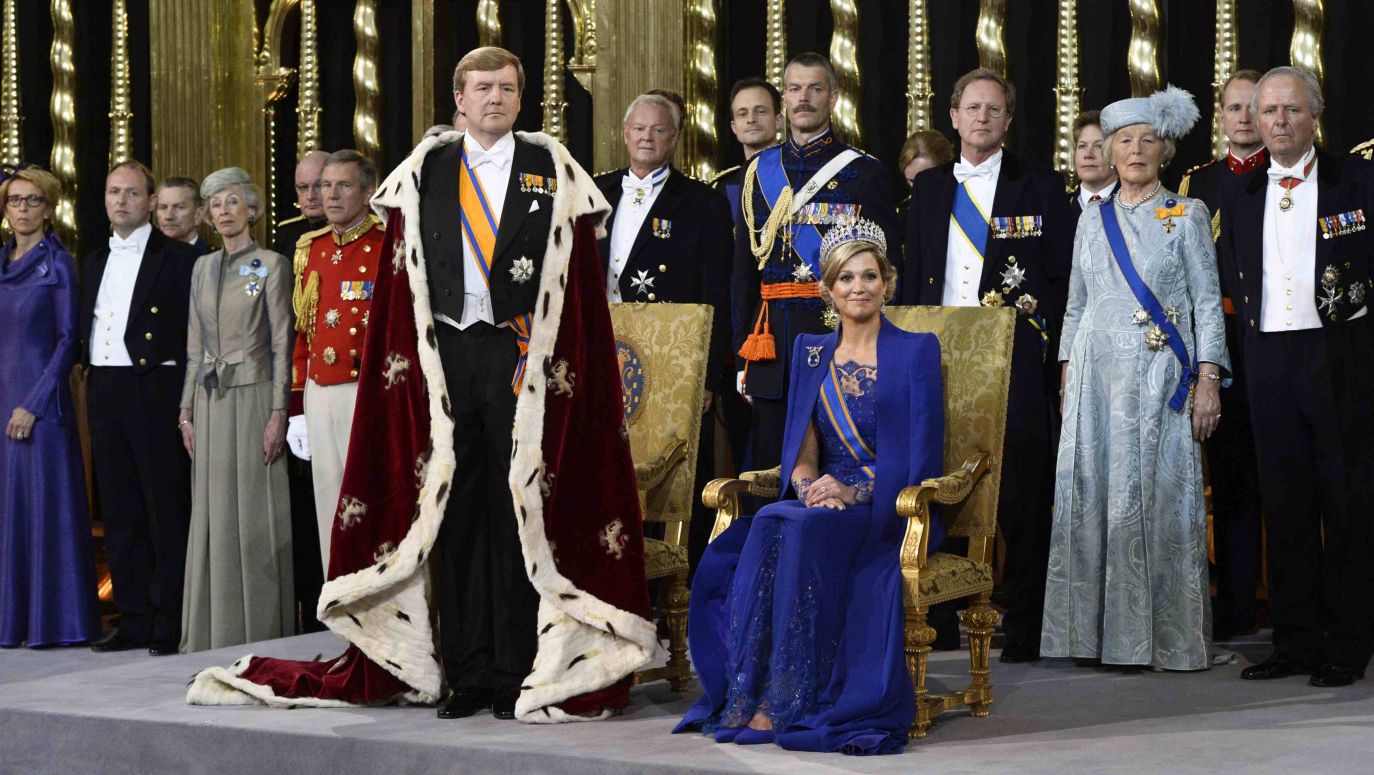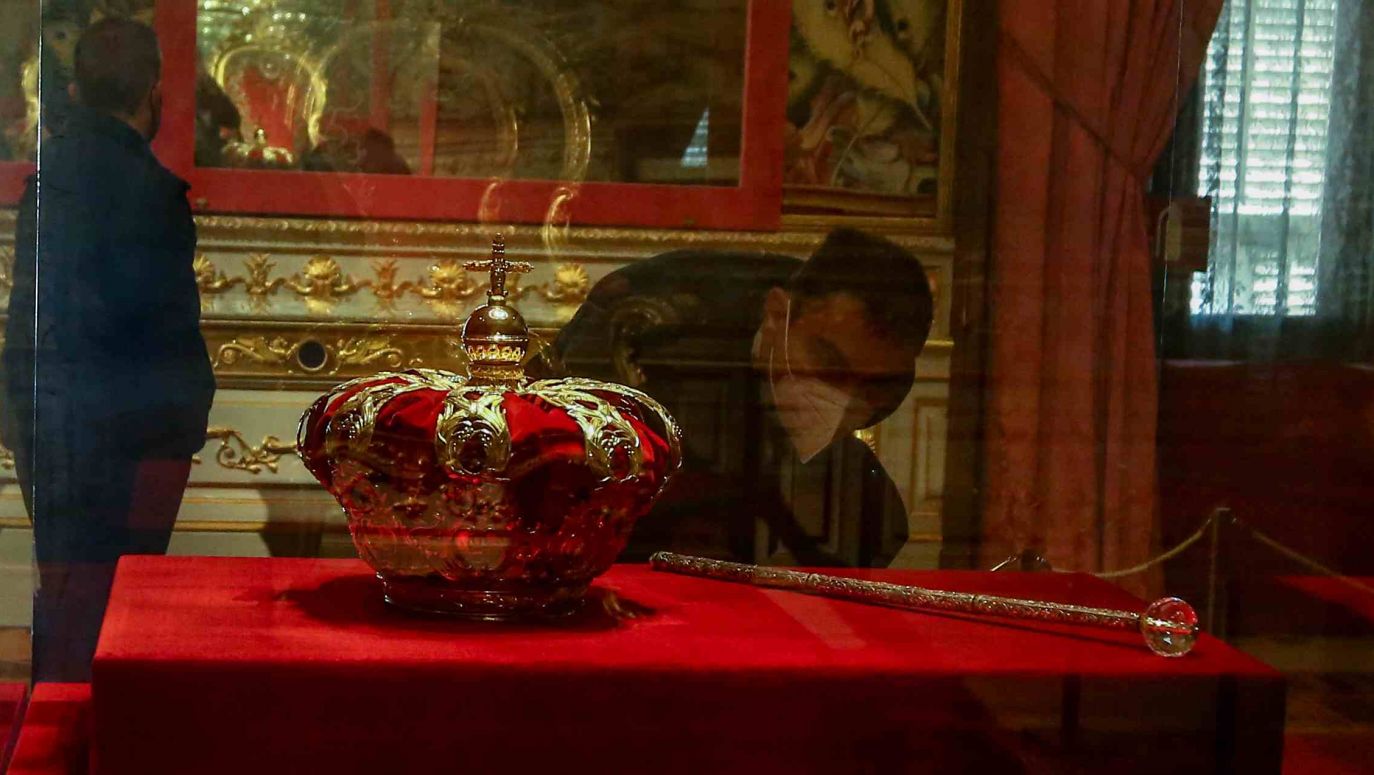Meanwhile, in other monarchies, the crown is there, but a bit as if it wasn’t. It is sometimes present during the inauguration, but not on the monarch’s head, but on a velvet cushion placed next to the king or at his feet. It is not always the crown worn by the kings of old – pure gold, heavy, studded with precious stones, with a cross and rich symbolism. The Dutch crown, for example, is made of gilded silver, adorned with imitation pearls and ornaments made of colored glass. There is not a single precious stone in it.
Only at royal funerals is the crown always present. Then it rests on the coffin of the deceased ruler. Normally, crowns, like other regalia, await their day in national treasuries and museums.
British kings have several crowns at their disposal. Apart from St. Edward’s crown there is the crown of Queen Victoria and the imperial crown, made for George VI in 1937. Let us add, however, for the sake of truth, that in Great Britain the crown, remained, so to speak, only for special occasions. Even Elizabeth II in recent years appeared in parliament not in a crown, but in a hat. And Charles III did not want his image to be portrayed wearing a crown on the new stamps and coins. So decided his grandfather George VI in his time, but then at least the image of the crown was placed next to him.
Not my king
Among friends, in an armchair, with his legs stretched out on a low table – that’s how, according to the description in the daily “The Independent", Edward, Duke of Windsor was watching the television broadcast of the coronation of his niece Elizabeth on June 2, 1953. What was he thinking and feeling then? Probably bitterness, because he was not invited to the ceremony and it was the decision of Elizabeth herself, who did not wish her uncle’s presence. But maybe also a note of regret?
Edward VIII was the only British king who missed the coronation. It was scheduled for May 12, 1937, but six months earlier, after eleven months on the throne, Edward abdicated. The ceremony took place as planned, on the appointed day, only the crown was not put on the head of Edward but of his kid brother George VI. That Edward had not been invited was all too obvious. Not only did he abdicate the throne, but he did so amidst a great moral and constitutional scandal.
“Not my king” – this is the slogan of the anti-monarchist group Republic, calling for opposing the ceremony and the monarchy in general. The coronation, as its members and the favorable media willingly and extensively talk about, is an expensive, outdated, completely unnecessary ceremony, just like the monarchy itself. But Republicans can’t do anything because there’s only a handful of them. Even if the monarchy has significantly lost its popularity in recent years, and the departure of Elizabeth II, beloved by the nation, makes it impossible to avoid questions about its future and the need for change.
– Teresa Stylinska
– Translated by Dominik Szzęsny-Kostanecki
TVP WEEKLY. Editorial team and jornalists

 SIGN UP TO OUR PAGE
SIGN UP TO OUR PAGE
 The coronation of Charles III – the third occasion in less than a year when the British can test the power of rituals – gives rise to such considerations. In June last year, the Queen celebrated her platinum jubilee, the 70th anniversary of her reign, and in September she was bid farewell. In the opinion of British republicans – few albeit vocal – it is a waste of money on an institution they otherwise regard as dysfunctional and redundant.
The coronation of Charles III – the third occasion in less than a year when the British can test the power of rituals – gives rise to such considerations. In June last year, the Queen celebrated her platinum jubilee, the 70th anniversary of her reign, and in September she was bid farewell. In the opinion of British republicans – few albeit vocal – it is a waste of money on an institution they otherwise regard as dysfunctional and redundant.






